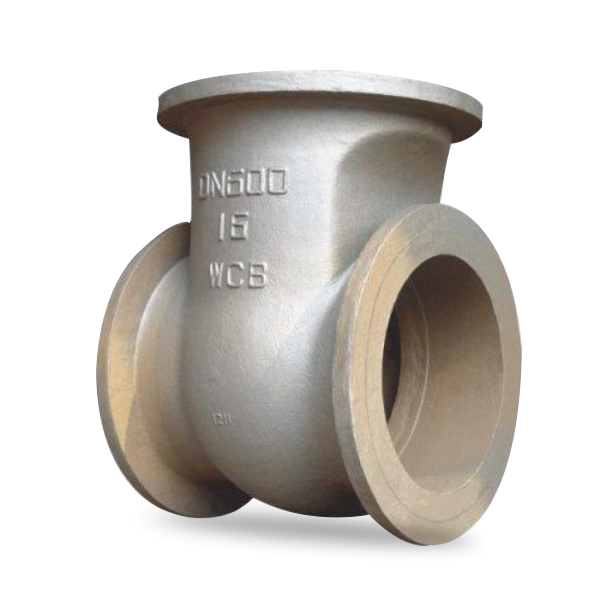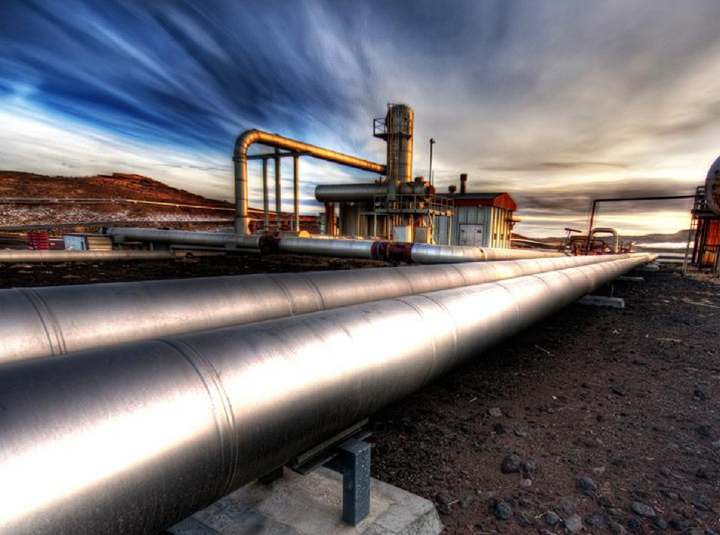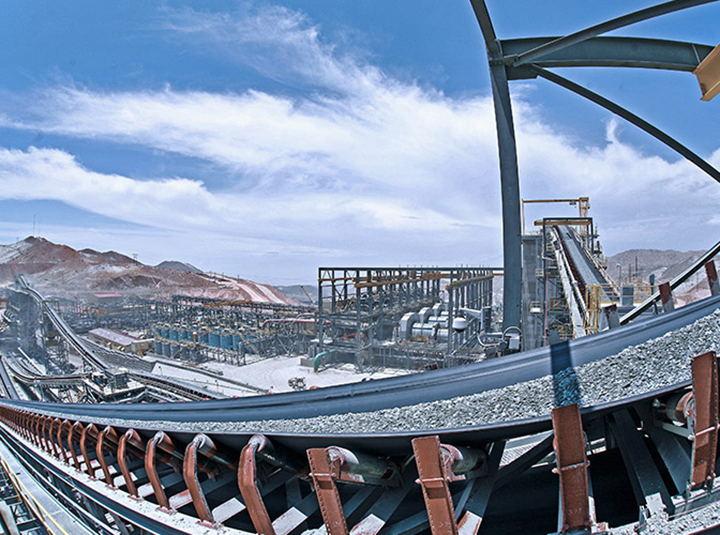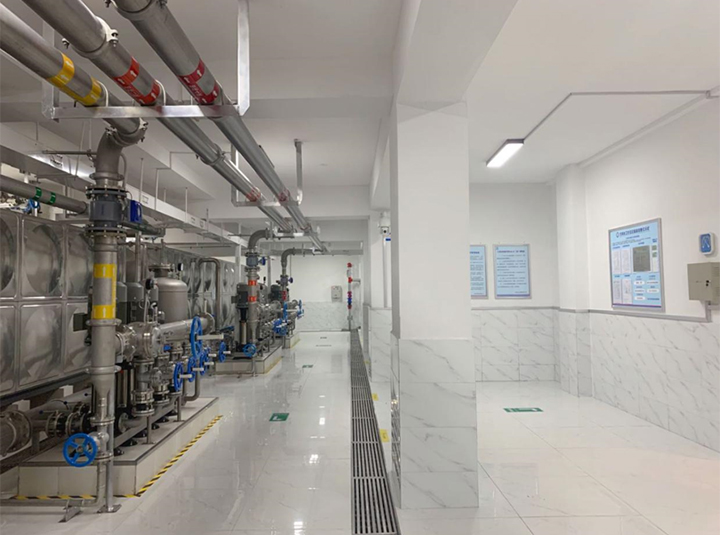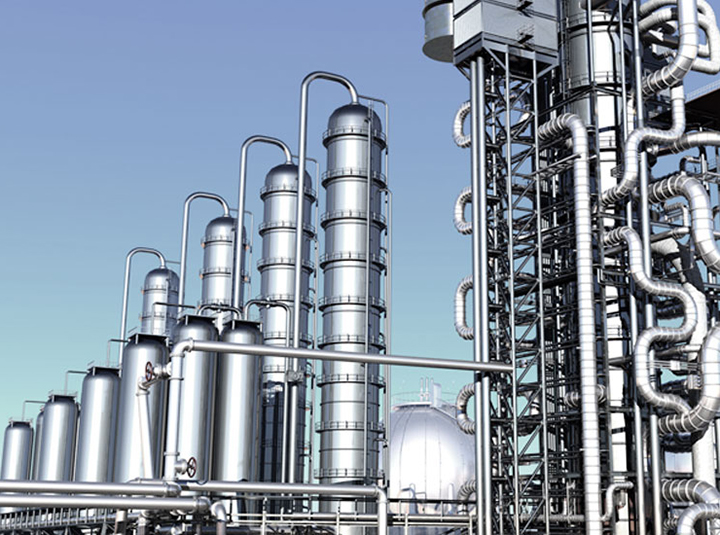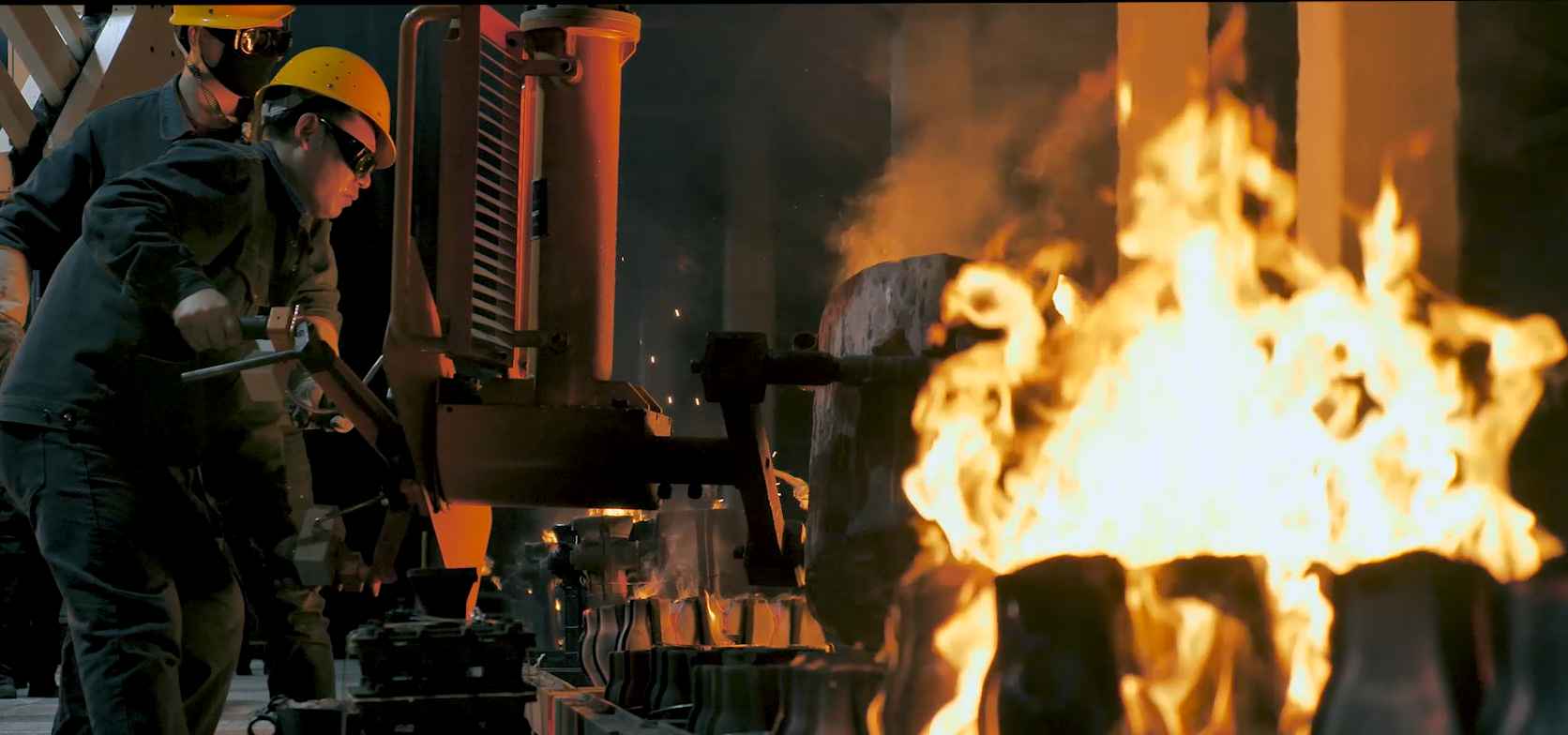Industrial valves are mechanical devices used to control or regulate the flow of fluids (liquids, gases, or slurries) within industrial processes. They are commonly used in a wide range of industries, such as oil and gas, chemical, power generation, water treatment, and manufacturing. Valves can be operated manually or automatically and are designed to withstand high pressure, temperature, and corrosive environments. They come in various types, including gate valves, globe valves, ball valves, butterfly valves, check valves, and pressure relief valves, each serving different purposes in industrial applications.
Here are some common types of industrial valves:
1. Gate Valves:
These valves have a sliding gate that moves perpendicular to the flow of the fluid, allowing or blocking the flow completely. They are typically used in applications where a straight-through flow with minimal pressure drop is required.
2. Globe Valves:
Globe valves have a globe-shaped body and a movable disk or plug that controls the flow of fluid. They are commonly used for regulating flow and controlling the volume of fluid passing through the valve.
3. Ball Valves:
Ball valves have a spherical closure element with a hole (port) in the center. The ball rotates within the valve body to control the flow. They provide quick and reliable shut-off and are often used for on/off control in high-pressure and high-temperature applications.
4. Butterfly Valves:
Butterfly valves consist of a disk-shaped closure element that rotates on a shaft to control the flow. They are lightweight, cost-effective, and suitable for large-diameter applications where tight shut-off is not critical.
5. Check Valves:
Check valves, also known as non-return valves, allow fluid to flow in only one direction and prevent backflow. They are commonly used to prevent the reversal of flow when the system pressure drops.
6. Plug Valves:
Plug valves have a cylindrical or conical plug that rotates within the valve body to control the flow. They are versatile and can be used for on/off or throttling applications.
7. Diaphragm Valves:
Diaphragm valves use a flexible diaphragm as the closure element. They are suitable for handling corrosive or abrasive fluids and are often used in pharmaceutical, food processing, and chemical industries.
8. Safety Relief Valves:
These valves are designed to automatically relieve excess pressure to protect equipment and systems from overpressure. They are commonly used in applications where pressure regulation and safety are critical.
These are just a few examples of industrial valves, and there are many other specialized valves available for specific applications. The selection of the appropriate valve depends on factors such as the type of fluid, flow rate, pressure, temperature, and desired control requirements within the industrial process.



